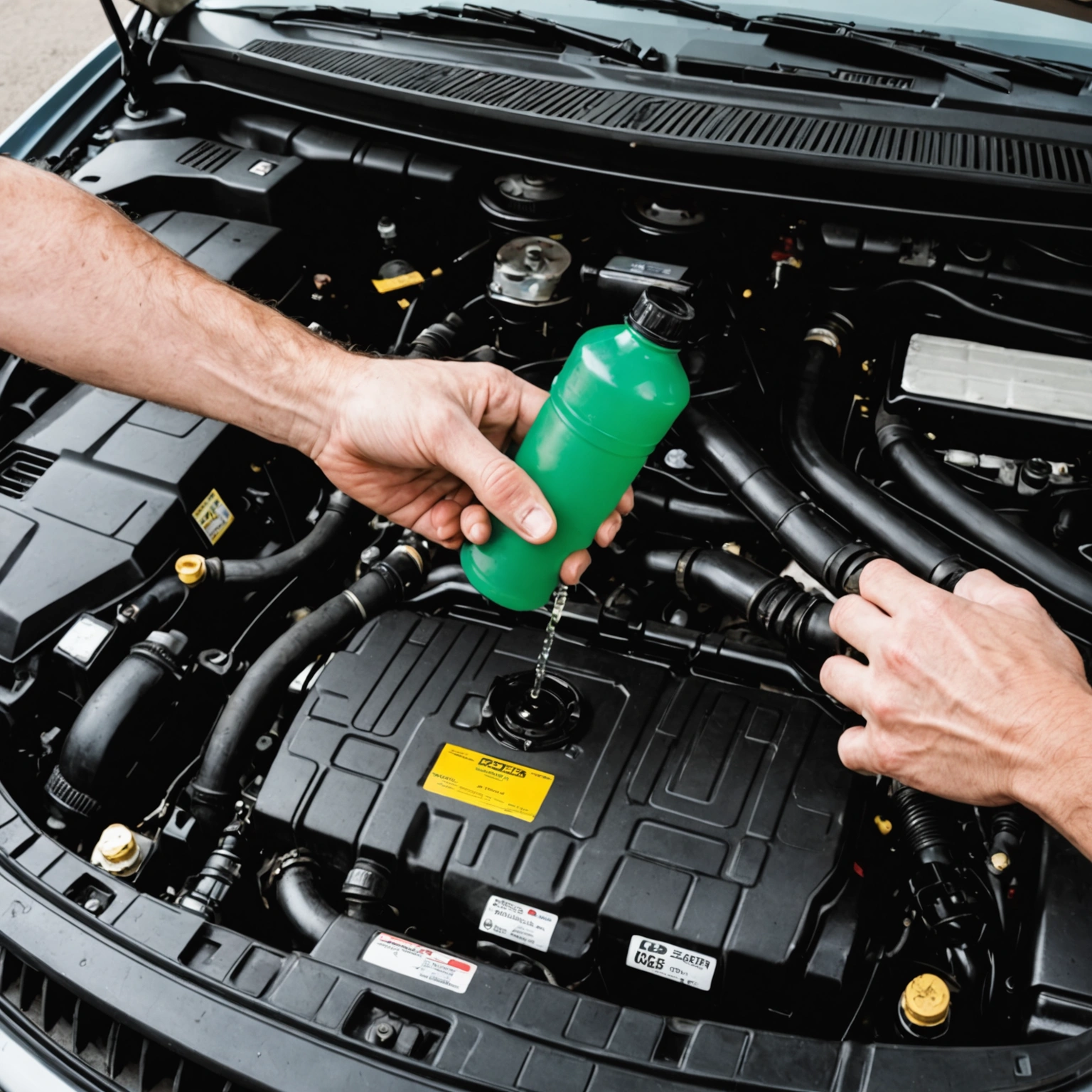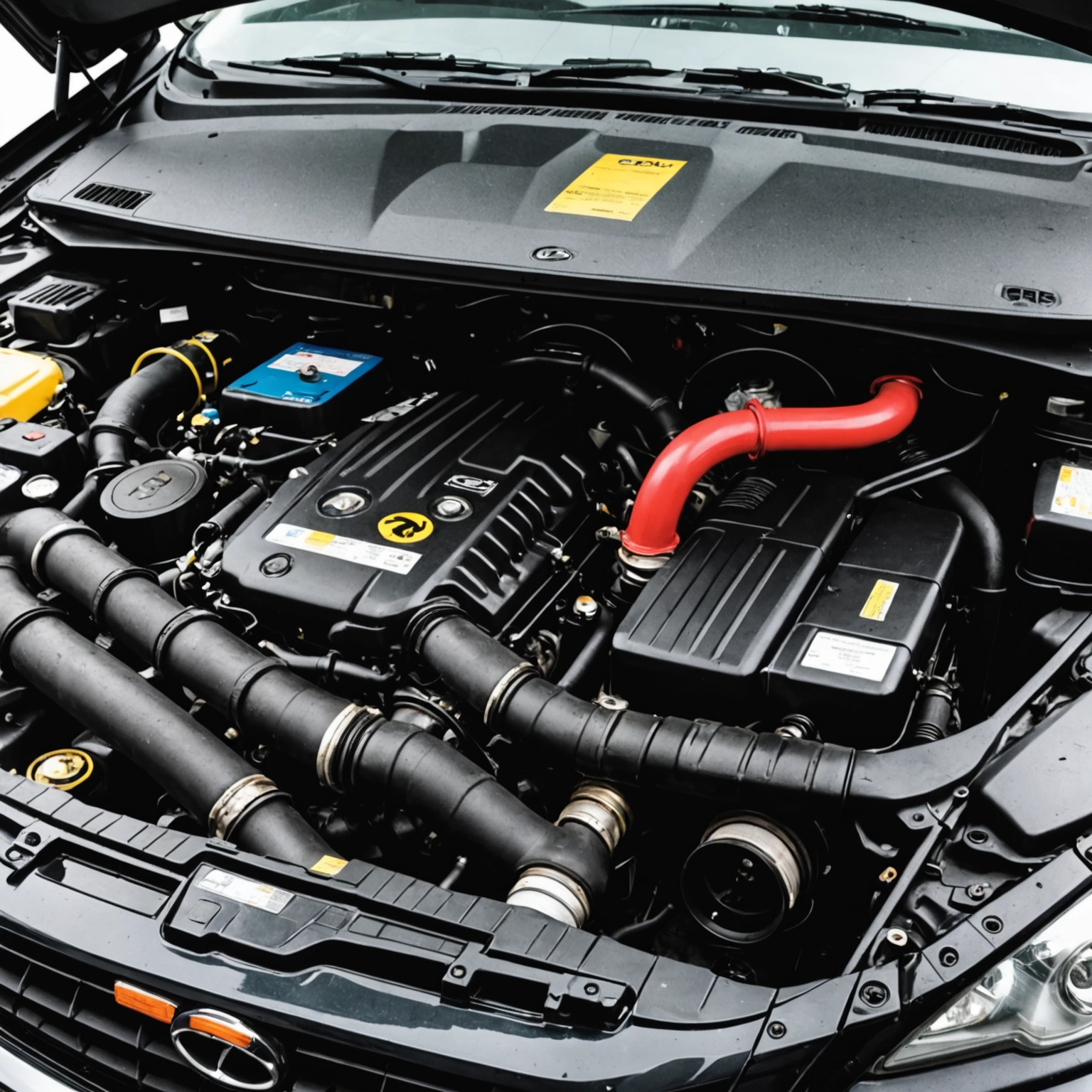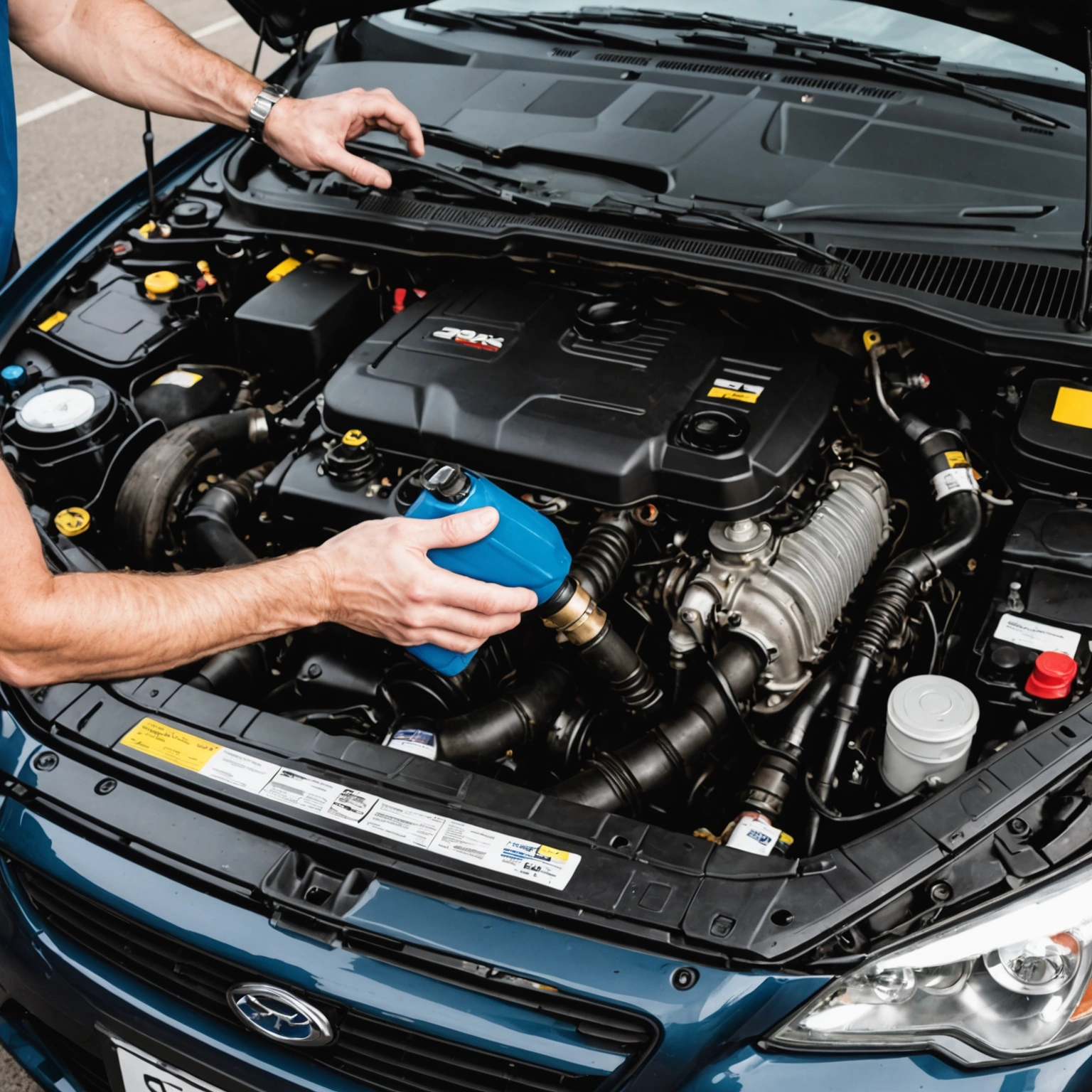**Why Is My Car Leaking Coolant? Understanding the Causes and Solutions**
If you’ve noticed a puddle underneath your car or a drop in your coolant levels, you might be wondering: “Why is my car leaking coolant?” Coolant leaks can range from minor issues to serious problems that could jeopardize your engine’s health. Understanding the common causes of coolant leaks can help you diagnose the issue early and take appropriate action.

### Common Causes of Coolant Leaks
#### 1. **Worn or Damaged Hoses**

Over time, the rubber hoses that carry coolant throughout your engine can deteriorate, crack, or develop leaks. Heat, age, and exposure to engine chemicals can weaken hoses, leading to leaks at connection points or along the hose itself.
#### 2. **Leaking Radiator**

The radiator is a critical component for cooling your engine. Corrosion, physical damage, or internal cracks can cause coolant to leak from the radiator. External leaks may appear as drips or puddles near the front of the vehicle.
#### 3. **Faulty Radiator Cap**

A radiator cap maintains pressure within the cooling system. A damaged or improperly sealed cap can cause coolant to escape, especially when the system heats up and expands.
#### 4. **Water Pump Issues**
The water pump circulates coolant through the engine and radiator. If the pump’s seal fails or the pump itself is damaged, coolant can leak from the pump area. This often results in a visible leak near the front of the engine.
#### 5. **Heater Core Leaks**
The heater core provides warm air inside your vehicle’s cabin. A leak here can cause coolant to seep into the passenger compartment, often accompanied by a sweet smell or foggy windows.
#### 6. **Cracked Engine Block or Cylinder Head**
In severe cases, internal cracks in the engine block or cylinder head can allow coolant to leak externally or into the engine oil. This is a serious issue requiring professional repair.
### Signs of a Coolant Leak
– **Puddle of coolant underneath your vehicle**
– **Low coolant levels in the reservoir**
– **Sweet smell inside or outside the car**
– **Overheating engine**
– **Steam or white smoke from the radiator or engine bay**
– **Discolored, greasy residue around hoses or radiator**
### What Should You Do If You Find a Coolant Leak?
– **Check the coolant level:** If it’s low, top it up with the correct type of coolant.
– **Inspect for visible leaks:** Look for puddles or wet spots around hoses, radiator, and engine components.
– **Monitor your temperature gauge:** If it rises above normal, stop driving to prevent engine damage.
– **Seek professional help:** For persistent leaks or if you’re unsure about the source, consult a trusted mechanic.
### Preventative Tips
– Regularly inspect hoses and radiator for signs of wear or damage.
– Keep coolant levels topped up according to your vehicle’s service schedule.
– Use the correct type of coolant recommended by your manufacturer.
– Have your cooling system flushed and checked periodically.
### Final Thoughts
A coolant leak isn’t just an inconvenience; it can lead to overheating and severe engine damage if left unaddressed. Early detection and prompt repairs are key to maintaining your vehicle’s health and ensuring safe, reliable driving. If you’re unsure about the source of your leak or how to fix it, don’t hesitate to consult a professional mechanic.
—
**Stay vigilant and keep your cooling system in top shape—your engine will thank you!**

